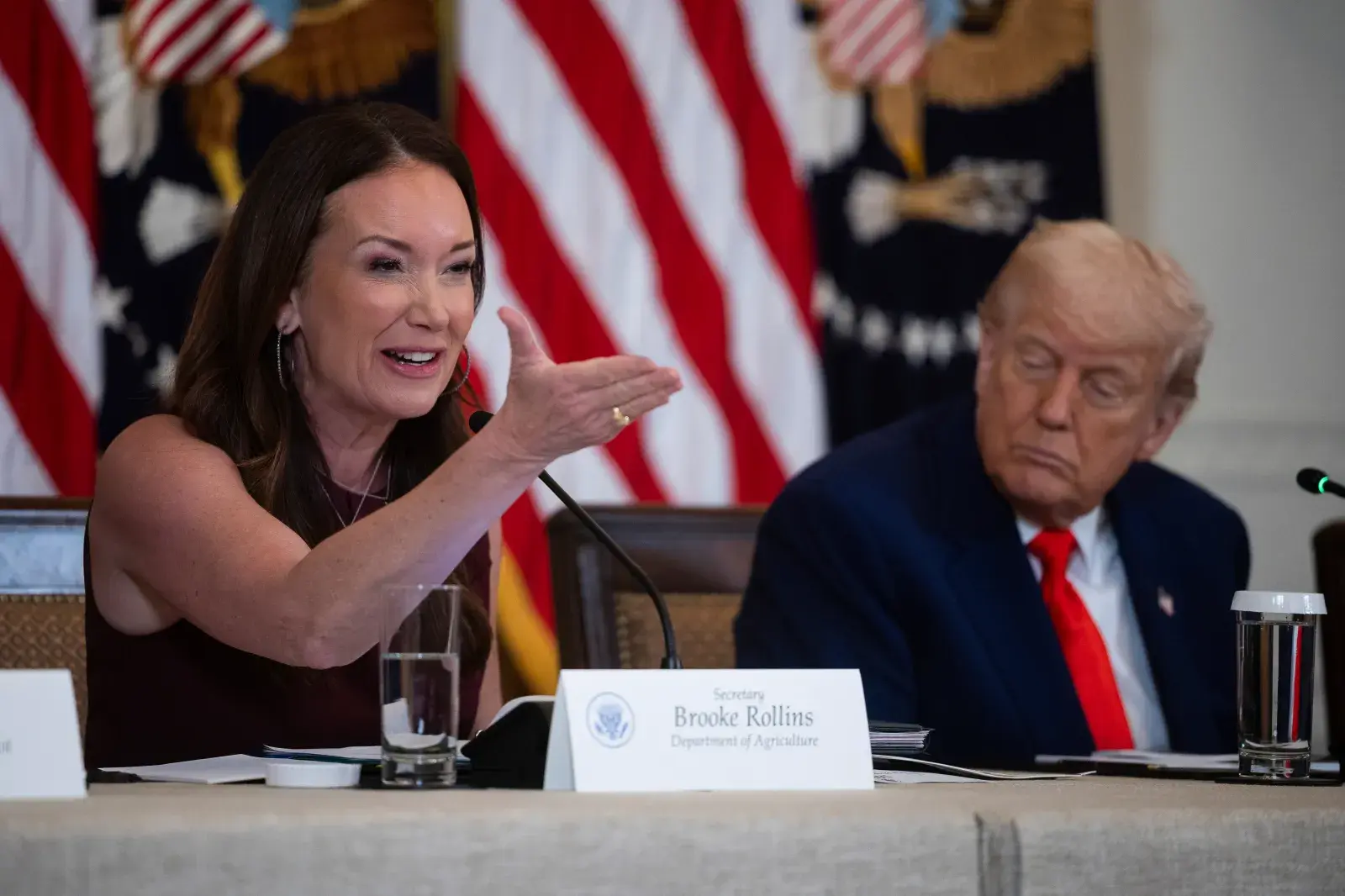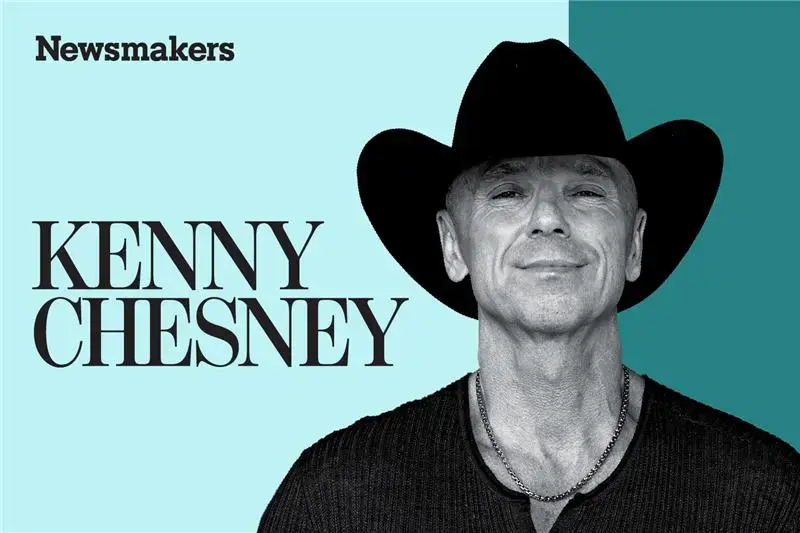The Trump administration said Monday it will partially fund the nation’s largest food assistance program after two federal judges ordered the government to keep it running during the ongoing shutdown.
The U.S. Department of Agriculture, which oversees the Supplemental Nutrition Assistance Program, or SNAP, had planned to halt payments starting Nov. 1, saying it could no longer sustain the program without congressional funding. SNAP serves roughly one in eight Americans and is a cornerstone of the nation’s social safety net, costing more than $8 billion each month.
The government now says it will use a $4.65 billion emergency fund—enough to cover about half of normal monthly benefits. That temporary measure could set up another crisis in December if the shutdown continues and no additional funding is approved.

When Will SNAP Benefits Come Back?
It remains unclear how much recipients will receive or when the money will appear on the electronic benefit cards used to buy groceries. Millions of Americans have already seen their November payments delayed. The USDA said Monday it would issue guidance to states on calculating the partial benefit amounts, but warned that recalculating and reloading cards could take weeks or even months because of system updates needed across state and federal agencies. The average benefit is about $190 per person per month.
How Many Americans Receive SNAP Benefits?
The agency’s announcement last month that no November benefits would be paid triggered alarm among the nearly 42 million Americans who depend on SNAP, as well as food banks and state governments trying to prepare for possible shortages.
Many states have since moved to bolster local food banks or use state dollars to temporarily refill benefit cards. The potential pause also prompted multiple lawsuits from Democratic-led states and nonprofit groups.
Advocates say even a partial disruption could force households to choose between buying food and paying for rent or utilities. Some states have already begun creative stopgap efforts. Rhode Island officials said SNAP recipients who also receive Temporary Assistance for Needy Families benefits were issued payments Saturday equal to one-fourth of their typical monthly food benefit. In Delaware, officials have told residents that November benefits are unlikely to be available before Nov. 7.
As the shutdown drags on, anti-hunger advocates warn that uncertainty surrounding SNAP funding could deepen economic hardship for millions of families, particularly those with children. SNAP provides assistance to households whose net income after allowable expenses does not exceed the federal poverty line—about $32,000 a year for a family of four.
SNAP Lawsuits Challenge Trump Administration
On Friday, federal judges in Massachusetts and Rhode Island ruled separately that the government must tap existing emergency funds to keep the program running, at least partially. The rulings gave the administration until Monday to decide whether to provide full or partial benefits.
Patrick Penn, deputy undersecretary for Food, Nutrition and Consumer Services at USDA, said in a court filing that the department opted against using other emergency reserves, citing the need to preserve funding for child nutrition programs through the rest of the fiscal year, which runs until September 2026.
President Donald Trump addressed the issue Friday on social media, saying he did “NOT want Americans to go hungry just because the Radical Democrats refuse to do the right thing and REOPEN THE GOVERNMENT.” He said he had directed government lawyers to prepare SNAP payments “as soon as possible.”
Democratic attorneys general and governors from 25 states, along with the District of Columbia, have challenged the administration’s plan to pause the program, arguing it has a legal obligation to continue payments. Cities and nonprofit organizations have filed similar lawsuits, warning that suspending food aid would harm families and local economies.
If the administration’s temporary measure runs out before the shutdown ends, the USDA may again face court challenges over whether it is obligated to fully fund the program. For now, the department has said only that it will comply with the court’s orders and “continue working to ensure that vulnerable Americans have access to the food they need.”
Democracy Forward President and CEO Skye Perryman said in a statement to Newsweek, “Today, the administration filed a statement saying it was opting to only partially pay benefits, which will not only prevent people from getting the full sustenance they need but also delay payments going out altogether. We are reviewing the administration’s submission to the court and considering all legal options to secure payment of full funds. It shouldn’t take a court order to force our President to provide essential nutrition that Congress has made clear needs to be provided.”
This article includes reporting by the Associated Press.
Updates: 11/3/25, 1:13 p.m. ET: This article was updated with new information and remarks.
Updates: 11/3/25, 2:33 p.m. ET: This article was updated with new information and remarks.





















